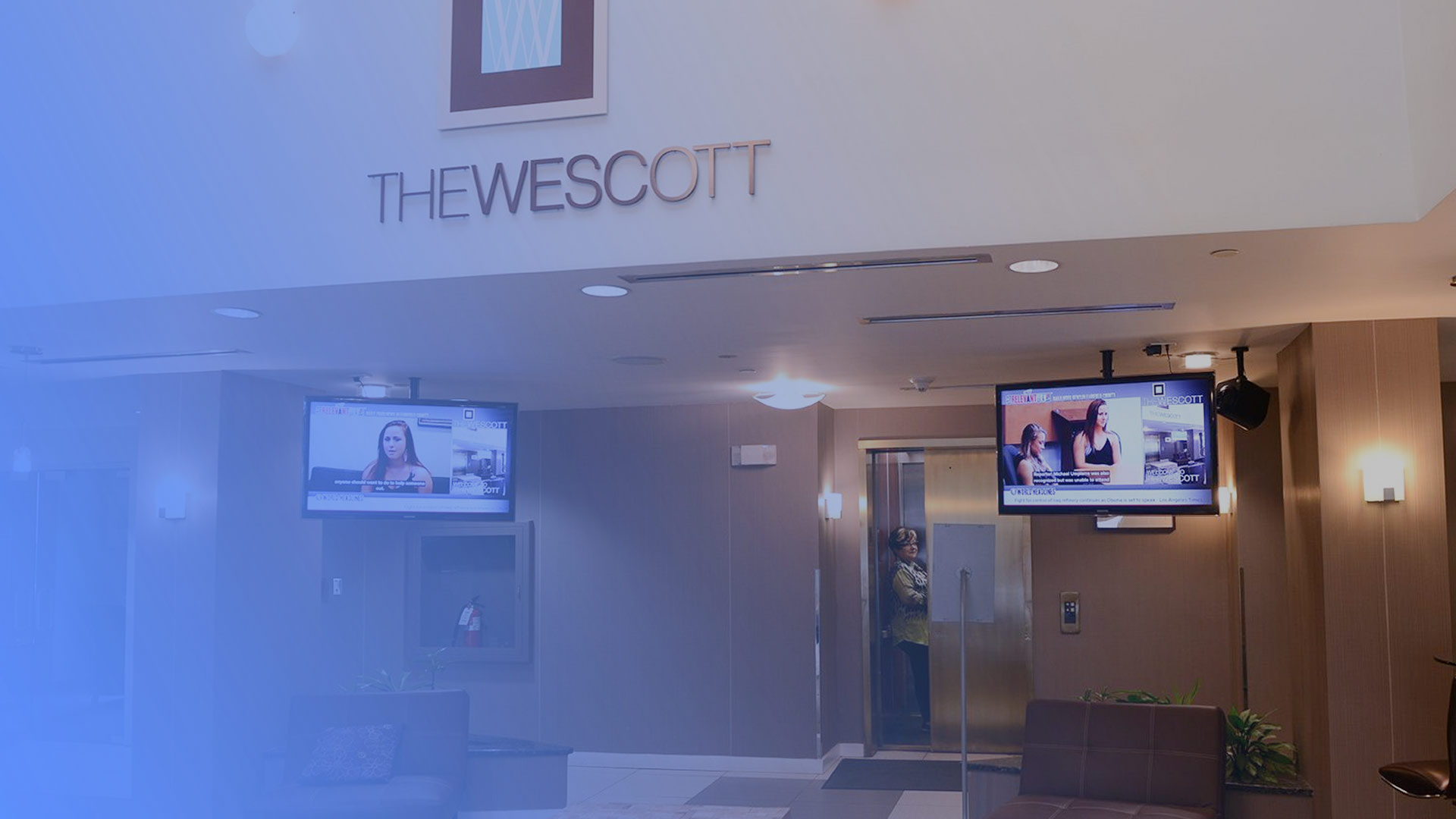Navigating the Intricate Landscape of Regulatory Standards for Cyber Security in Multi-Dwelling Residences to Ensure Occupant Security and Data Safeguarding
Wiki Article
In the current society, many individuals reside in multi-unit buildings, such as apartment buildings and condo communities. Such places often share common infrastructures for online and other services. Although this setup can be convenient, it also raises significant questions about network safety and compliance requirements. Guaranteeing the safety of tenants and protecting their data is essential. This article will examine the intricate landscape of regulatory standards for system safety in multi-dwelling units, focusing on how these guidelines help keep tenants secure and protected.
One of the key compliance guidelines that pertain to network safety is the General Data Protection Act (GDPR). This regulation is intended to protect individual information and privacy for persons within the European Community. Although it primarily applies to businesses functioning in the EU, its principles can influence practices in different areas as also. For multi-unit buildings, adhering to GDPR means establishing strong data safeguarding measures. This includes making sure that residents' individual information is collected, kept, and processed safely. By adhering to these guidelines, building administrators can help establish trust with tenants and ensure their information is safe from illicit intrusion.

A further important guideline is the Health Insurance Flexibility and Responsibility Act (HIPAA), which safeguards confidential patient information in the healthcare sector. In multi-unit buildings, especially those that provide medical assistance or have tenants with particular medical requirements, compliance with HIPAA is essential. This requires that any medical information collected from residents must be maintained confidential and secure. Property administrators must make sure that their network systems are configured linked here to avoid information breaches and unauthorized access. By taking these steps, they not only adhere with regulatory requirements but also promote a secure residential environment for all tenants.
Alongside GDPR and HIPAA, the Credit Card Payment Industry Data Protection Guidelines (PCI DSS) is another critical regulatory guideline. This guideline is particularly relevant for multi-dwelling buildings that process debit card payments for rent or services. PCI DSS specifies protection measures that must be implemented to protect customer data. This entails securing confidential information and regularly monitoring system safety. By adhering to PCI DSS standards, property administrators can minimize the threat of information breaches and protect residents' financial data, which is vital for upholding their trust and security.
Finally, it is essential for multi-unit units to remain informed on regional and federal laws regarding system security. Laws and standards can change, and remaining aware is essential for adherence. Building managers should regularly review their security policies and practices to ensure they meet current requirements. This proactive approach not only helps in upholding compliance but also enhances the overall security of the system. By focusing on tenant security and information safeguarding, multi-unit buildings can establish a safe residential space that encourages confidence and reassurance among tenants.
To summarize, traversing the intricate environment of compliance standards for network security in multi-dwelling units is essential for ensuring resident security and information safeguarding. By comprehending and applying standards like GDPR, HIPAA, and PCI DSS, property managers can create a secure environment for their residents. Staying informed about local laws and frequently assessing safety protocols further improves this dedication to security. In the end, a strong emphasis on adherence not only safeguards tenants but also fosters a feeling of community and trust within multi-dwelling units.